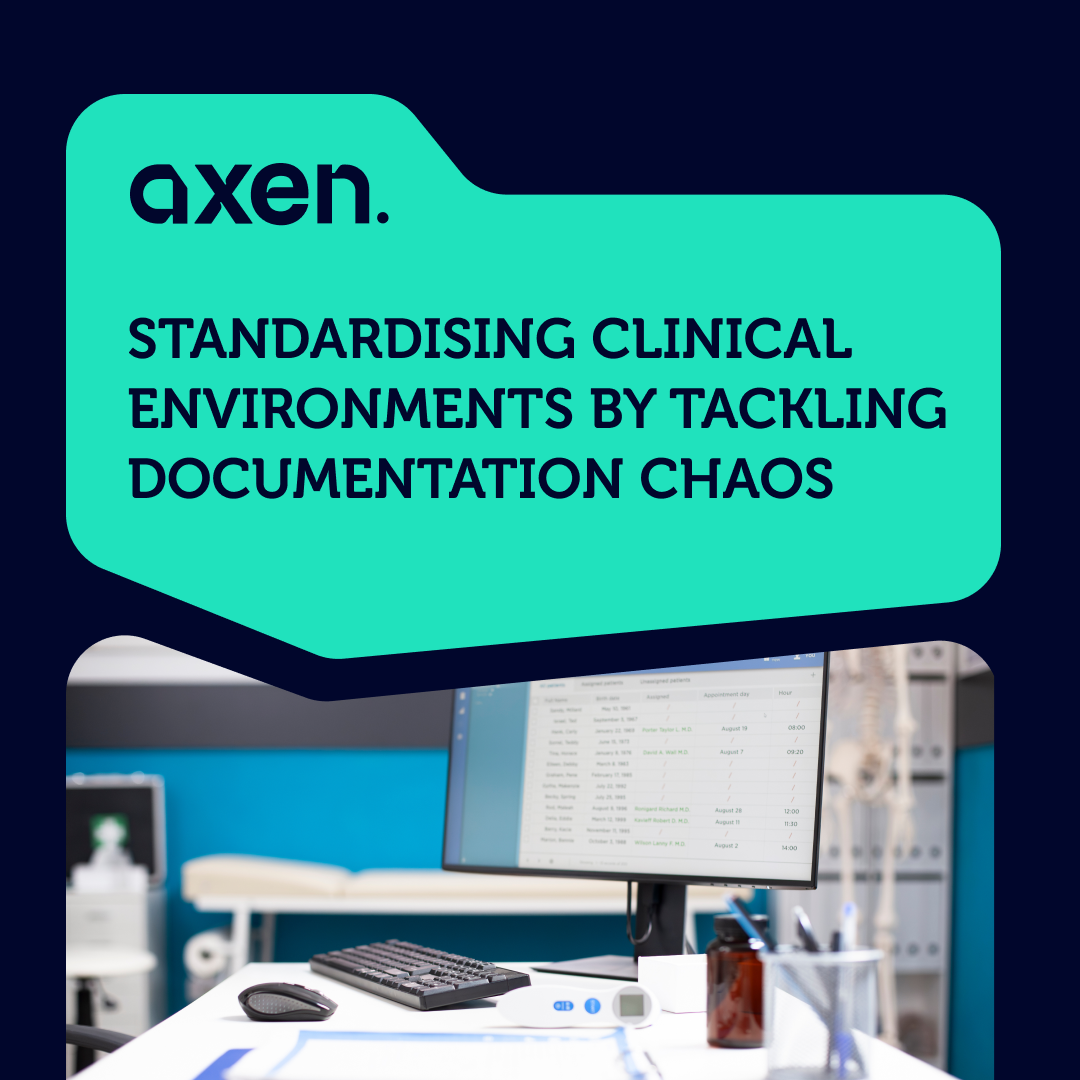Take a moment to reflect: how many initiatives is your organization currently managing, and how many of those deliver measurable results?
In an organization, initiatives arise from diverse directions and at varying intervals. Marketing, technology, sales, operations—each has its own vision for what the company needs to grow. Since every proposal appears valuable, the organization tends to give a “green light” to all of them.
As a result, dozens of projects begin, yet 90% never reach completion. 70% of initiated projects don’t even get off the ground. Resources become fragmented, teams are exhausted, and there is no room for new, potentially more valuable ideas—because “we haven’t finished the old ones yet.”
At this point, the company becomes a battleground for resources. Departments escalate to top management, where the priority goes to not the most valuable, but the best‑packaged and most loudly‑argued project. This creates tension, fuels grievances toward the IT team, and triggers requests for additional resources—since everyone assumes the issue is the number of developers, not the management system.

What is the anatomy of this type of problem?
This crisis is rarely caused by unproductive individuals or poor motivation. The issue is far deeper and systemic in nature. Its roots include:
- Lack of strategic coordination: Initiatives exist as isolated silos rather than part of a unified, strategic vision. The company embarks on disconnected attempts rather than a coherent transformation.
- Absence of an evaluation mechanism: There is no standardized framework to assess what impact an initiative delivers and what effort is required. Decisions are based on emotion and subjective arguments, not on data.
- Misalignment between ambition and capacity: Planning is driven by optimistic aspirations rather than actual available resources. The volume of initiatives consistently exceeds the team’s real capacity.
- Focus on execution over outcomes: Completing an initiative is often considered success in itself, even when its tangible impact on business results is vague or negligible.
The solution: Delivery Excellence
Project success begins not with securing more resources, but with the organization’s ability to make the right choices, plan realistically, and deliver projects to full impact. This requires an operational framework that ensures clarity and discipline.
Our approach—Delivery Excellence—serves precisely this need:
- Strategic synchronization (OKR + QBR): We implement a system of Objectives and Key Results (OKRs) that translate company strategy into clear, measurable goals. Quarterly business reviews (QBRs) ensure teams align with those goals consistently and deliver real value.
- Impact‑driven prioritization: Before allocating resources, we assess an initiative’s potential business impact and the effort required to implement it. We proceed only with projects that promise the highest value for the least cost.
- Capacity‑based planning: We help organizations plan what they can realistically accomplish. Initiatives are distributed based on teams’ actual capacity, eliminating chronic overload and disappointment.
- Iterative delivery (Agile & MVP): Rather than long, monolithic projects, we foster a culture of delivering a minimal viable product (MVP). This enables rapid testing in the market, learning from users, and minimizing risk.
Result: Less is more, when the choice is right
while working with a financial organization, we reduced the number of concurrently active initiatives from 17 to just 3. As a result of this focused approach, the company achieved: A 50% reduction in application processing time, A 12% increase in revenues by updating just one service, Enhanced team motivation: “For the first time we clearly see what we spend time on and what results we’re actually delivering,” employees noted
If it feels like your company is doing a lot but not moving forward, that’s a sign of systematic dysfunction. We can help you organize processes so that every initiative aligns with strategic objectives and delivers real results.





